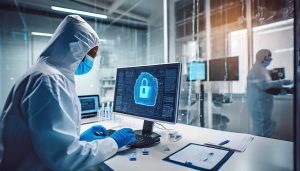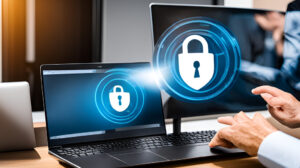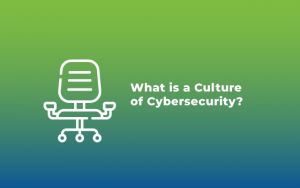Continuous Security Monitoring (CSM)
Protect What Matters Most With CSM
Cyber-attacks are on the rise, and without a solid Continuous Security Monitoring solution, you can’t keep up. An automated security solution is the only way to protect your organization’s data and information by watching the events and applying smart filters to help you see what matters. Detecting threats and attacks before they happen is the best way to keep your organization and your data from ending up in the wrong hands. We offer managed security services that include installation and configuration and offers:
-
Unified Security
Management (USM) -
Security Event Management
and Reporting
-
Continuous Threat
Intelligence - Intrusion Detection
- Fast Deployment
A Detailed View of the Threats You’re Facing With CSM
The ATS Continuous Security Monitoring solution is a fully managed log aggregation tool. It will centralize, search, and visualize your security data to help you spot risks across your network. That means you have the visibility that your auditors require and we address the security alerts so you don’t have to.
Continuous Security Monitoring (CSM)
Everything you need to detect and respond to threats.
Capture, correlate, analyze, and archive events from anywhere you have assets; including Microsoft Azure or Amazon Web Services or in-cloud applications like Office 365 and Google’s G Suite.
Automate and improve the detection of threats with advanced correlation provided by the best security analysts in the world.

No more false positives: Allow the ATS Security Operations Center (SOC) to respond to alerts for you and filter out the noise.
Continuous Security Monitoring (CSM) Latest Trends



